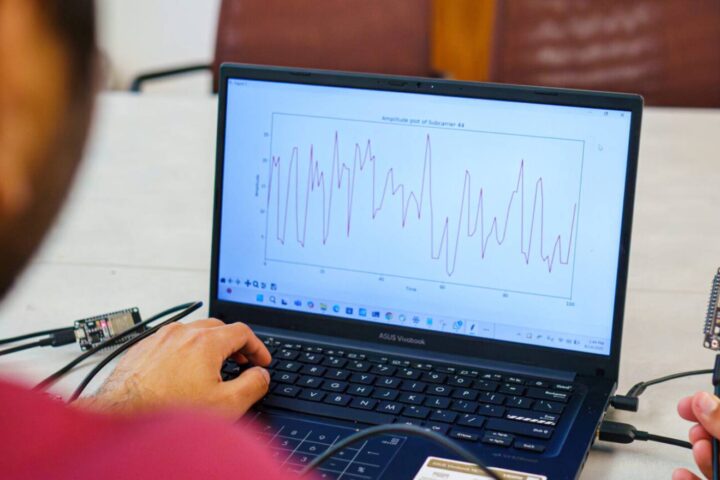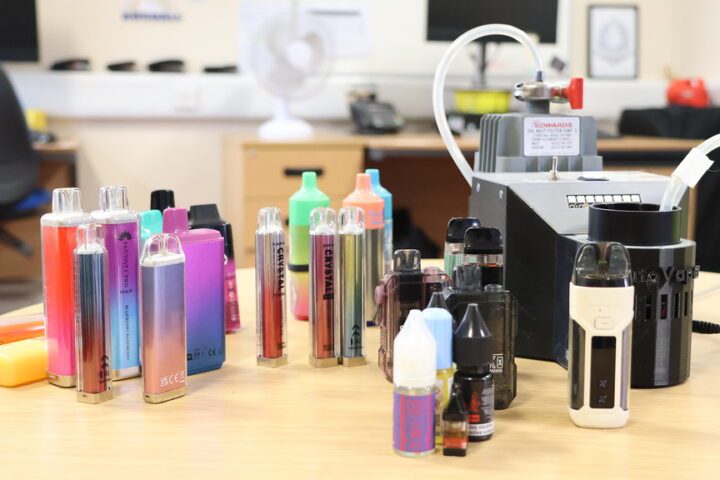A new study published on medRxiv reveals that diabetes patients using Ozempic face over twice the risk of developing a rare but serio s eye condition compared to those on other diabetes medications. The condition, non-arteritic anterior ischemic optic neuropathy (NAION), can cause sudden and irreversible vision loss.
Key Study Findings
Researchers analyzed medical records of 16,827 patients in the Boston area over six years. Among the diabetes patients, those prescribed semaglutide experienced NAION at a rate more than four times higher than those who didn’t receive the drug. In the obesity group, 361 people were prescribed the medication, and 20 developed NAION, a seven-fold increase in risk compared to those not on the drug.
The study identified 1.4 additional cases of NAION per 10,000 patient-years among Ozempic users. For type 2 diabetes patients using the drug for 20 years, researchers estimate a 0.3% to 0.5% risk of developing NAION.
“It is, in effect, a stroke of the optic nerve,” explains Dr Joseph Rizzo, director of neuro-ophthalmology at Mass Eye and Ear in Boston.
Expert Perspectives
Dr Andrew Lee, neuro-ophthalmologist and American Academy of Ophthalmology spokesperson, urges caution in interpreting the results: “The study can only generate the hypothesis of a possible link.” He notes that Type 2 diabetes patients already face increased vision problem risks.
Dr Susan Mollan from University Hospitals Birmingham suggests GLP-1 drugs might cause “paradoxical worsening of diabetic retinopathy in some patients,” though additional research is needed.
Dr Shauna Levy of Tulane Bariatric Center maintains her prescribing approach, stating, “As for now, the risk still seems low.”
More Stories
Market Impact
Following the study’s publication, Novo Nordisk’s stock dropped 5.5% in Copenhagen trading, though shares remain up 8% this year. The company defended its products’ safety profile, stating internal trials found “very few cases of NAION” with “no evidence of disproportionate adverse effects.”
Clinical Context
NAION is one of the leading causes of sudden blindness and affects up to 10 in every 100,000 people. It is the second most common optic nerve disease in the United States.
The study’s findings for Wegovy, which shares semaglutide as its active ingredient with Ozempic, proved inconclusive due to limited patient data. Wegovy’s recent launch—2022 in Denmark and 2023 in Norway—contributed to this data limitation.Dr Rizzo advises patients who are concerned about the potential risks of semaglutide to consult their doctor, stating, “If someone already has visual loss for whatever reason, and they were wondering whether they would go on semaglutide, I would just have added caution.” Larger, randomized clinical trials are needed to confirm these findings.


















